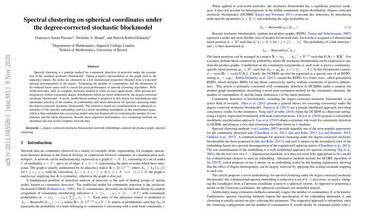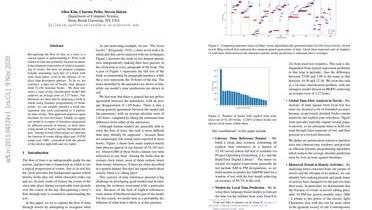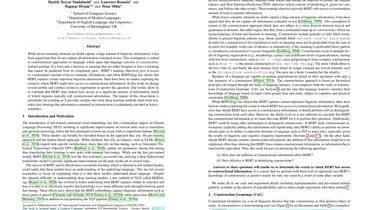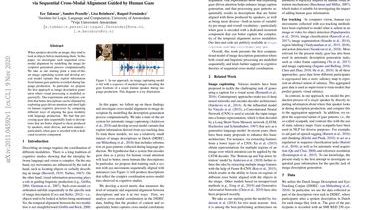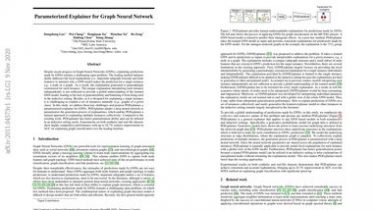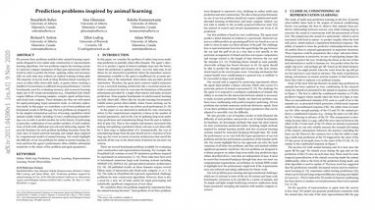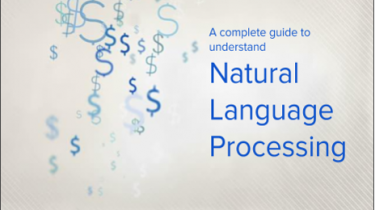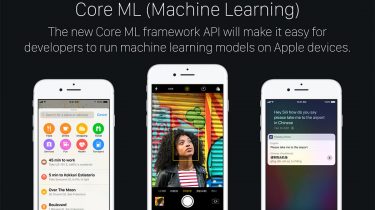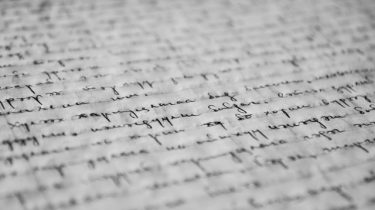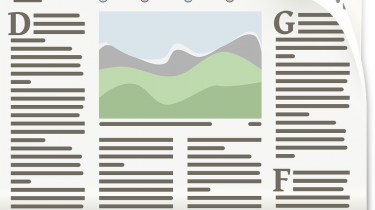Spectral clustering on spherical coordinates under the degree-corrected stochastic blockmodel
Spectral clustering is a popular method for community detection in networks under the assumption of the standard stochastic blockmodel. Taking a matrix representation of the graph such as the adjacency matrix, the nodes are clustered on a low dimensional projection obtained from a truncated spectral decomposition of the matrix… Estimating the number of communities and the dimension of the reduced latent space well is crucial for good performance of spectral clustering algorithms. Real-world networks, such as computer networks studied in […]
Read more